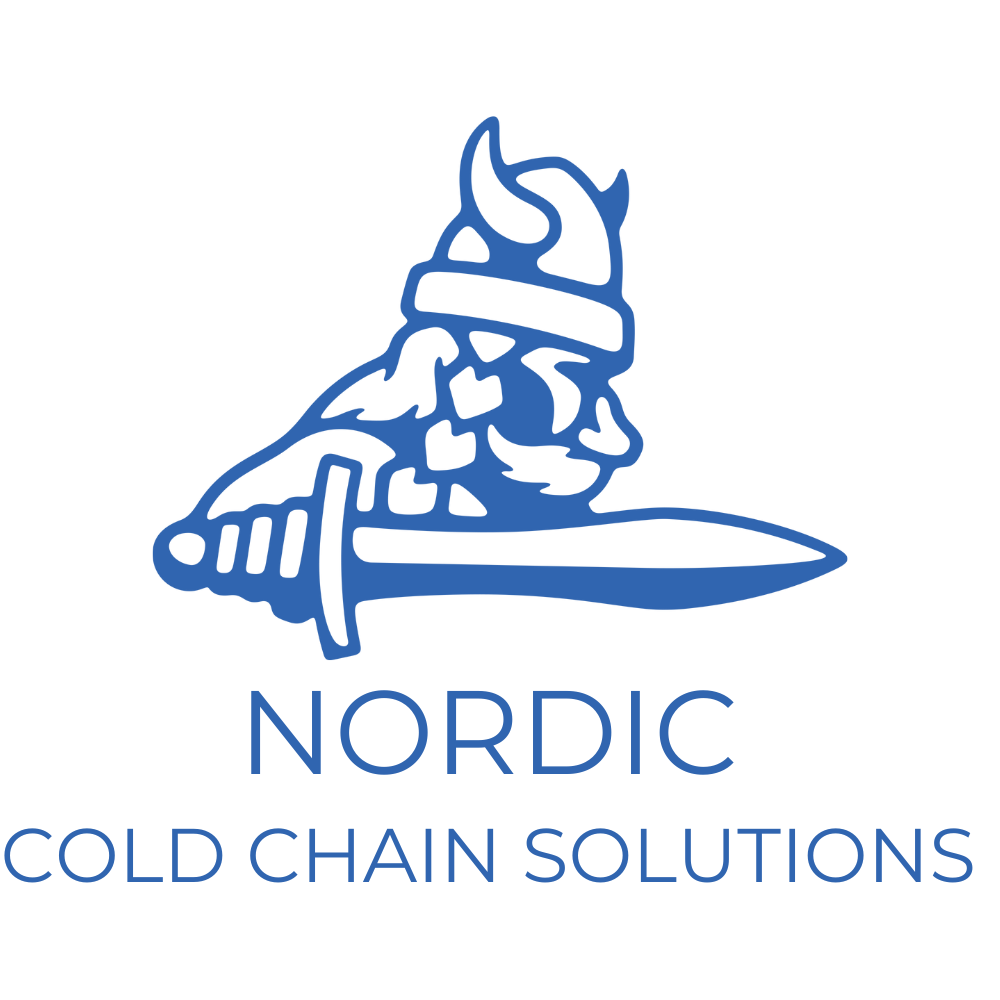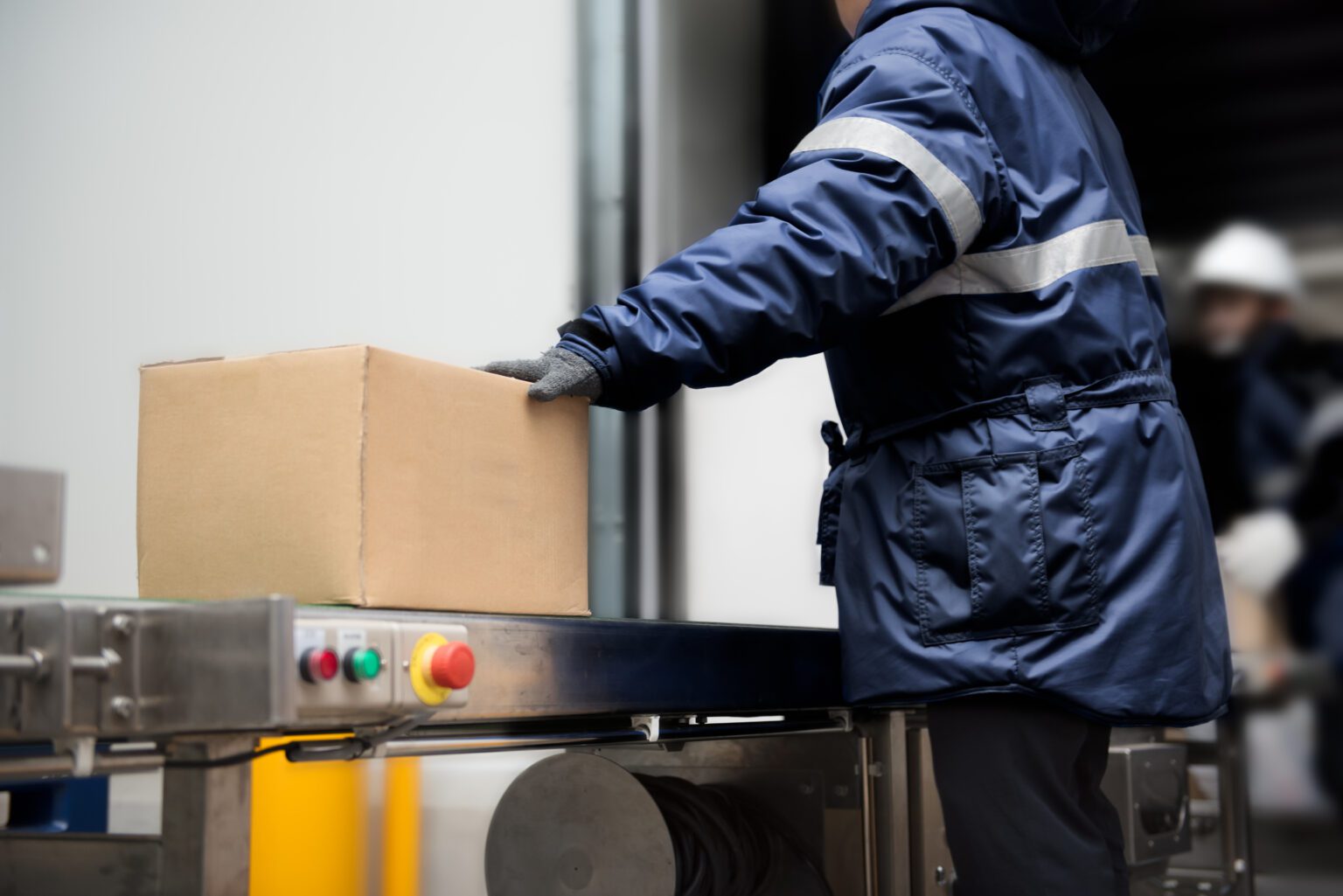
The cold chain is incredibly important to many industries, from pharmaceuticals and chemicals to frozen foods and fresh produce. As such, it’s essential that all necessary precautions be taken when packaging materials along the supply chain in order to ensure product safety and quality. Unfortunately, there are a variety of complexities associated with cold chain packaging which can make exceptions difficult—but not impossible! Let’s explore these common challenges in detail as well as best practices for overcoming them
Interrupted Temperature Control
Temperature control is a critical element of cold chain packaging that ensures the safe and reliable transport of items that require refrigeration. Without proper temperature control, products may spoil or suffer a decrease in quality. Unfortunately, interruptions in temperature control are an all too common challenge within the industry.
An interruption occurs when temperatures rise beyond what is necessary to keep perishables fresh and safe during any stage of loading, unloading, transportation, storage or other exposure to warmth. Therefore, it’s important for companies involved in the supply chain process to conduct research and prepare ahead to avoid uncontrolled temperature fluctuations throughout their operations.
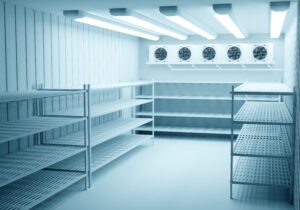
One way to achieve this is through investing in appropriate technologies such as reliable climate-controlled containers which can ensure that goods remain at consistent temperatures even when subjected to longer transit times due to unexpected delays along with crucial tracking systems which aid companies by providing updates on changes in environmental conditions throughout shipment cycles so corrective measures can be taken in time if needed.
Damaged Packaging / Damaged Goods
Damage to packaging during transit is another common cold chain challenge. This type of damage can range from simple dents in a cardboard box, torn insulation, loose or missing seals on a frozen product to complete destruction of packaged goods. Damaged goods and packaging not only lead to costly waste but also cause reputational harm to companies that are unable to ensure their products arrive in excellent condition. The average financial burden imposed by these kinds of issues is estimated at around $25 billion per year in lost income from product spoilage or short shelf life items going bad before they reach their destination. The greatest challenge when it comes to preventing damaged packaging and goods is how fragile the contents can be – particularly if they need freezing or refrigeration, which requires careful handling. In order for a cold chain supplier’s operation and services to remain viable, it’s important for adequate preventive measures to be taken in order to minimize potential damages throughout transit as much as possible.
Contamination (Medical / Pharmaceutical / Food)

Contamination is a serious concern in the cold chain, particularly for medical, pharmaceutical, and food products. Contamination can occur as a result of many factors, such as inadequate temperature control during transit or storage; microbial growth; cross-contamination with other materials; contact with contaminants at production or transport locations; lack of proper cleaning protocols at all stages in the transport process; and more.
In order to minimize the risk of contamination, it’s important to create an effective cold chain packaging system that meets safety standards while still delivering products on time and within budget. This includes utilizing appropriate temperature-controlled shipping containers, such as insulated shippers and refrigerants designed specifically for keeping goods at their optimum temperatures without becoming contaminated by outside elements. It also includes implementing preventative maintenance plans that address potential issues before they become major problems — for example, regularly inspecting containers for integrity issues like cracks where bacteria could enter or build up over time. Additionally, strict sanitation protocols should be put in place for both staff members handling the product as well as the transport vehicles themselves to reduce any external sources of contamination from entering the package or its contents.
Shipping Delays
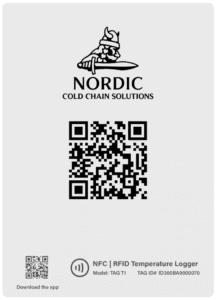 Shipping delays are a common problem in the industry, often leading to temperature deviations in cold chain shipments. While it can be difficult to always guarantee timely delivery of products, there are measures that shippers can take to protect their goods from temperature fluctuations and ensure that they arrive at their destination safely.
Shipping delays are a common problem in the industry, often leading to temperature deviations in cold chain shipments. While it can be difficult to always guarantee timely delivery of products, there are measures that shippers can take to protect their goods from temperature fluctuations and ensure that they arrive at their destination safely.
One such solution is Nordic’s innovative temperature loggers: small RFID-equipped labels designed for tracking shipments and monitoring temperatures throughout the shipping journey. These simple yet powerful devices connect with your smartphone allowing you to see the location and status of your shipment in real-time. The data generated by these loggers can also provide deep insights into how your product fares during transit, giving you an understanding of any possible deviations within optimal temperatures so you can make adjustments accordingly.
Enhance your cold chain management
While managing a cold chain can be challenging, these obstacles can be overcome with the right solutions. By leveraging Nordic’s innovative cold chain products, businesses can maintain uninterrupted temperature control, prevent packaging damage, avoid contamination, and mitigate the impact of shipping delays. With the added advantage of real-time monitoring through Nordic’s temperature loggers, businesses can enhance their cold chain management, ensuring the safe and efficient delivery of their temperature-sensitive products.
